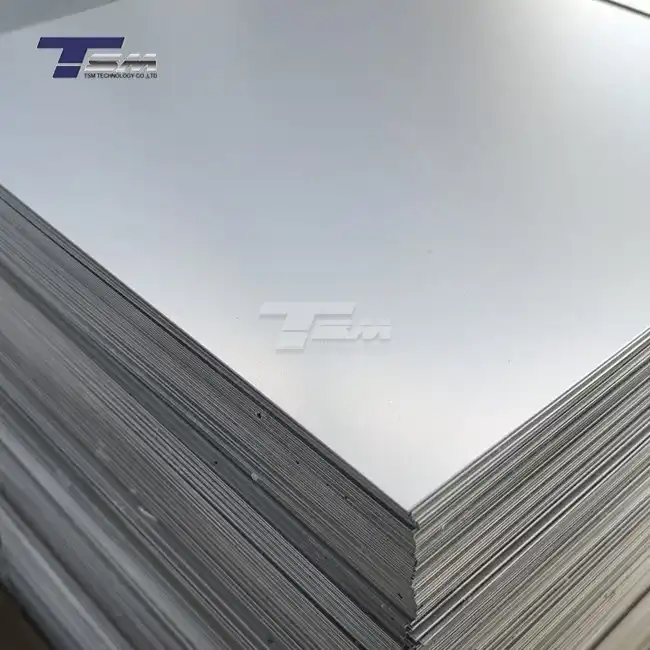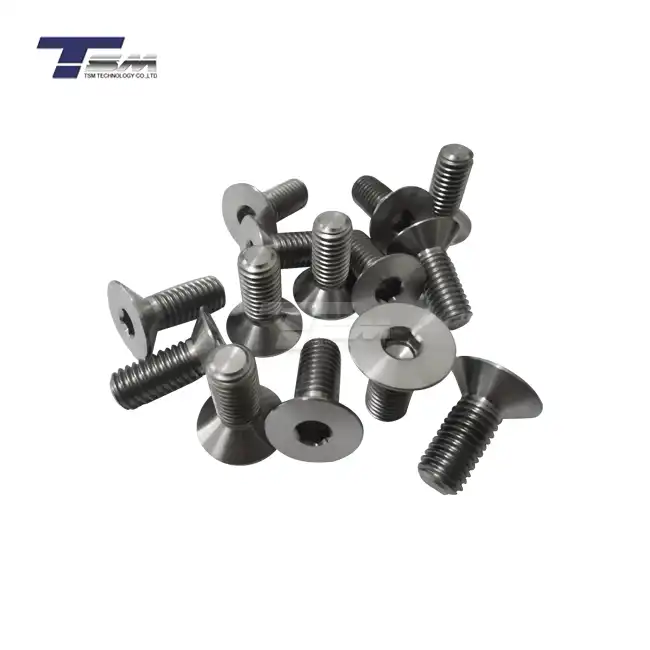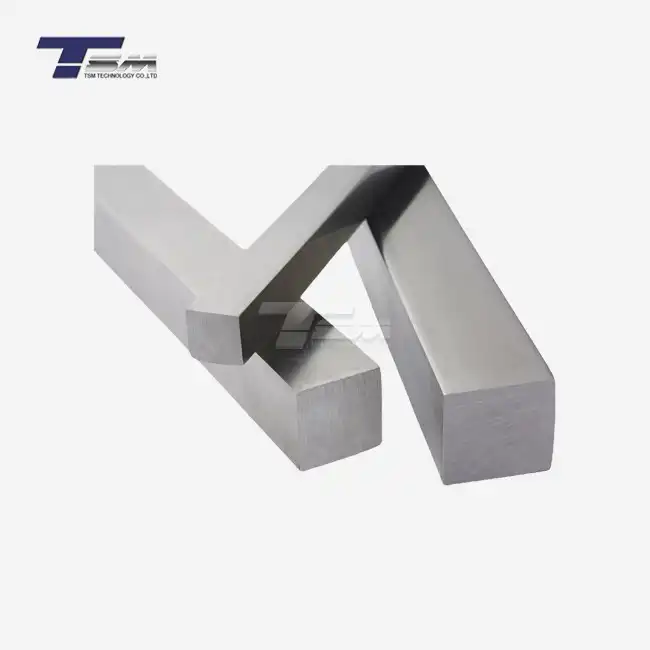Composition and Properties of Inconel 600 and Inconel 800 Round Bars
Chemical Composition Comparison
Inconel 600 round bar and Inconel 800 round bar are both nickel-chromium alloys, but their chemical compositions differ significantly. Alloy 600 round bar typically contains a higher percentage of nickel (72% minimum) compared to Inconel 800 (30-35%). This higher nickel content contributes to Inconel 600's superior corrosion resistance in various aggressive environments. Conversely, Inconel 800 contains more iron (39.5% minimum) and slightly more chromium (19-23%) than Inconel 600 (14-17% chromium).

Mechanical Properties
The mechanical properties of Inconel 600 bar and Inconel 800 bar vary due to their differing compositions. Inconel 600 generally exhibits higher tensile and yield strengths at room temperature, making it suitable for applications requiring greater mechanical strength. However, Inconel 800 maintains its strength better at elevated temperatures, which can be advantageous in high-temperature applications. Both alloys demonstrate excellent ductility and toughness, but Inconel 600's higher nickel content often results in superior formability.
Thermal Characteristics
When considering thermal properties, both Inconel 600 and Inconel 800 round bars showcase impressive heat resistance. However, Inconel 800 typically has a slightly higher melting point and better thermal conductivity due to its higher iron content. This makes Inconel 800 particularly suitable for heat exchanger applications. Inconel 600, on the other hand, maintains better dimensional stability at high temperatures, which can be crucial in precision engineering applications.
Corrosion Resistance and Performance in Different Environments
Oxidation Resistance
Inconel 600 round bar is renowned for its exceptional resistance to oxidation, especially in high-temperature environments. The high nickel content in alloy 600 round bar forms a protective oxide layer that helps prevent further oxidation. This makes it an excellent choice for applications involving exposure to oxidizing gases at elevated temperatures. While Inconel 800 also offers good oxidation resistance, it may not perform as well as Inconel 600 in extremely aggressive oxidizing conditions.
Resistance to Aqueous Corrosion
In aqueous environments, Inconel 600 bar generally outperforms Inconel 800. The higher nickel content in Inconel 600 provides superior resistance to stress corrosion cracking in chloride-containing solutions. This makes Inconel 600 a preferred choice in applications involving seawater or other chloride-rich environments. However, Inconel 800 still offers good corrosion resistance in many aqueous media and may be suitable for less aggressive conditions.
High-Temperature Performance
Both Inconel 600 and Inconel 800 round bars excel in high-temperature applications, but they shine in different areas. Inconel 600 maintains its strength and corrosion resistance at elevated temperatures, making it ideal for applications in the chemical processing and aerospace industries. Inconel 800, with its higher chromium content, offers better resistance to carburization and sulfidation at high temperatures, making it particularly suitable for petrochemical and power generation applications where these types of corrosion are concerns.
Applications and Industry-Specific Considerations
Aerospace and Aviation
In the aerospace industry, Inconel 600 round bar is often preferred due to its excellent strength-to-weight ratio and superior resistance to oxidation at high temperatures. It finds applications in aircraft engine components, exhaust systems, and other high-temperature parts. While Inconel 800 is also used in aerospace applications, it's more commonly found in less demanding roles or where its specific properties offer an advantage.
Chemical Processing
The chemical processing industry utilizes both Inconel 600 and Inconel 800 round bars, but for different purposes. Inconel 600 is often chosen for reactor vessels, heat exchangers, and piping systems in corrosive chemical environments due to its exceptional corrosion resistance. Inconel 800, with its better resistance to sulfidation, is preferred in processes involving sulfur-containing compounds or where carburization is a concern.
Power Generation
In power generation applications, both alloys have their place. Inconel 600 bar is commonly used in nuclear power plants for components such as steam generator tubing due to its resistance to stress corrosion cracking. Inconel 800, with its better resistance to carburization and oxidation at very high temperatures, is often employed in fossil fuel power plants, particularly in superheater and reheater tubing.
Conclusion
In conclusion, determining whether Inconel 600 round bar is better than Inconel 800 round bar depends entirely on the specific application and operating conditions. Inconel 600 excels in environments requiring superior corrosion resistance, particularly in oxidizing and chloride-rich conditions. It also offers excellent mechanical properties and formability. Inconel 800, while also highly corrosion-resistant, shines in applications involving very high temperatures, especially where carburization and sulfidation are concerns. Both alloys have their unique strengths, and the choice between them should be based on a careful evaluation of the intended use, environmental factors, and specific performance requirements.
Contact Us
For expert guidance on selecting the right alloy for your specific needs, don't hesitate to reach out to our team of specialists at TSM TECHNOLOGY. Contact us at info@tsmnialloy.com for personalized assistance and to explore our range of high-quality Inconel products.



